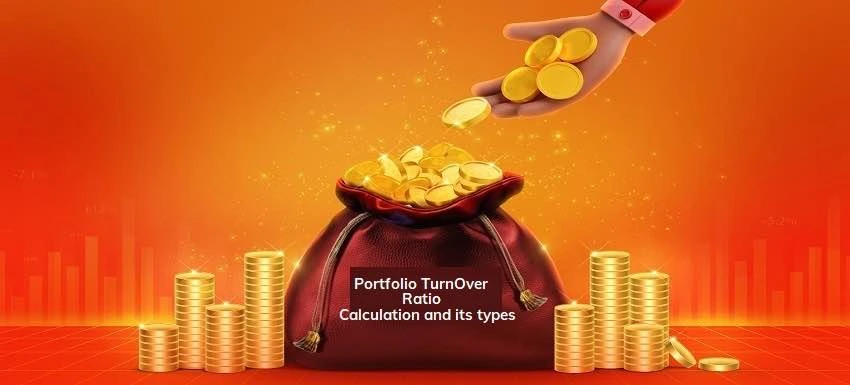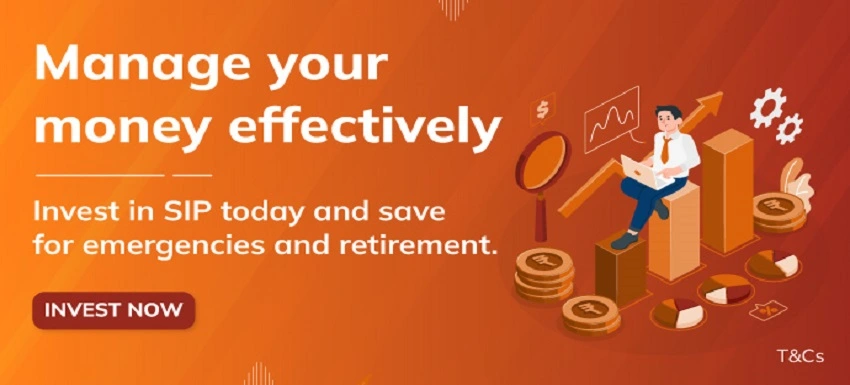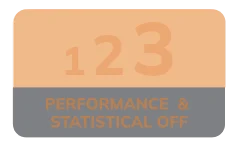THE
ORANGE
HUB
What is Portfolio Turnover Ratio in Mutual Funds

Mutual Fund investments are preferred by investors who want to grow their money over a long term. A key metric in choosing a Fund is the Portfolio Turnover Ratio (PTR) of the Fund. It helps you check whether a Fund’s investment style matches your risk appetite and is a good point of comparison when comparing two Funds in the same category. Read this blog post to learn more about the Portfolio Turnover Ratio in Mutual Funds, its importance, how to calculate it and more.
What is Portfolio Turnover Ratio?
The Portfolio Turnover Ratio in Mutual Funds can be defined as a metric that demonstrates how much of a Mutual Fund’s portfolio has changed during a specific time, often a year. In simpler words, this ratio tells you how frequently the Fund Manager buys and sells the underlying assets, like stocks or bonds.
For example, if a Mutual Fund has a PTR of 50%, it means that half of the portfolio’s holdings were replaced during the year. This ratio can range from as low as 0% (no change) to more than 100% (entire portfolio changed more than once).
How Is Portfolio Turnover Ratio Calculated?
Here’s the mathematical formula:
Portfolio Turnover Ratio (PTR) = The lesser of securities bought or sold during the year / Average net assets of the fund × 100
Let us take an example:
Value of securities bought = ₹ 60 crore
Value of securities sold = ₹ 40 crore
Average net assets = ₹ 100 crore
Putting the values in the formula:
PTR = (40 crore / 100 crore) × 100 = 40%
This means 40% of the Fund’s portfolio was turned over (changed) during the year.
Role of Portfolio Turnover Ratio in Fund Selection
Given below are the reasons why Portfolio Turnover Ratio matters when choosing a Mutual Fund:
1. Assists You in Understanding Fund Strategy
The Portfolio Turnover Ratio helps you understand the Fund’s strategy. Looking at this ratio, you can easily make out whether the Fund Manager is following an active trading style or a buy-and-hold strategy. A high turnover means an active style whereas a low turnover implies a more passive approach.
2. Tells You About the Cost Impact
Every trade has associated costs- brokerage, taxes, etc. High turnover means higher expenses, which can reduce your actual returns.
3. Shows Risk Level
Active trading often goes hand-in-hand with higher risk. A stable, low-turnover fund is generally less volatile.
Importance of High Portfolio Turnover Ratio
While a high PTR is often seen as a red flag due to costs and risk, it can be a positive indicator in certain situations. Here's why:
1. Active Strategy to Maximise Gains
A high PTR often reflects an active Fund management strategy. This means the Fund Manager is constantly analysing the market and making quick decisions to capitalise on short-term opportunities. If executed well, this can lead to better returns.
2. Better Market Responsiveness
Markets can change quickly due to economic shifts, global events or sector performance. A Fund with an active Fund Manager (indicated by a high PTR) can quickly adjust its holdings to reduce exposure to risky sectors or invest in growing ones. This flexibility helps the Fund stay relevant and competitive.
3. Ideal For Tactical or Thematic Funds
Funds that follow specific themes or sectors (like tech, pharma or banking) often require frequent rebalancing. In such cases, a high PTR is not just acceptable- it is necessary for performance.
4. Short-Term Goal Alignment
If you are investing with a short-term goal, high-turnover Funds can be useful, especially if backed by skilled Fund Managers and a proven performance track record.
What Does a High or Low Portfolio Turnover Ratio Mean?
1. High Portfolio Turnover Ratio
A high PTR (say 100% or more) means the Fund Manager is very active, frequently buying and selling underlying assets to capture short-term gains or respond to market trends.
Pros:
Potential to benefit from quick opportunities
More responsive to market movements.
Cons:
Higher transaction costs
Might be riskier and volatile.
2. Low Turnover Ratio
A low PTR (say, 20%-30%) indicates a long-term investment approach. The Fund Manager buys quality assets and holds them over time.
Pros:
Lower costs and taxes
Suitable for long-term investors
More predictable performance.
Cons:
May miss out on short-term market opportunities
Limitations of the Portfolio Turnover Ratio.
Though useful, this ratio isn’t perfect. Here’s what it doesn’t tell you:
Quality of trades
The Portfolio Turnover Ratio only tells you how often trades happen, not whether those trades were profitable or aligned with smart investment decisions that add long-term value.
Whether the turnover was due to bad decisions or smart strategies
Frequent trading might indicate poor judgment or reactive investing, not just responsiveness. It’s important to assess whether the frequent trades are benefiting the Fund’s performance.
The Fund’s overall strategy
PTR doesn’t explain the logic behind the Fund’s investment approach or asset allocation.
The overall picture
To get the complete idea of the Fund and to judge the Fund’s true effectiveness, the PTR must be considered alongside other factors like the Fund’s returns, risk level, Sharpe ratio and expense ratio.
Conclusion
The Portfolio Turnover Ratio helps you understand the buying or selling behaviour of a Mutual Fund. It reflects the Fund’s management style and trading frequency. A smart investor looks at this number to assess trading costs, risk, tax impact and long-term alignment. Remember to use it as part of your overall fund evaluation checklist.
Scroll to top









